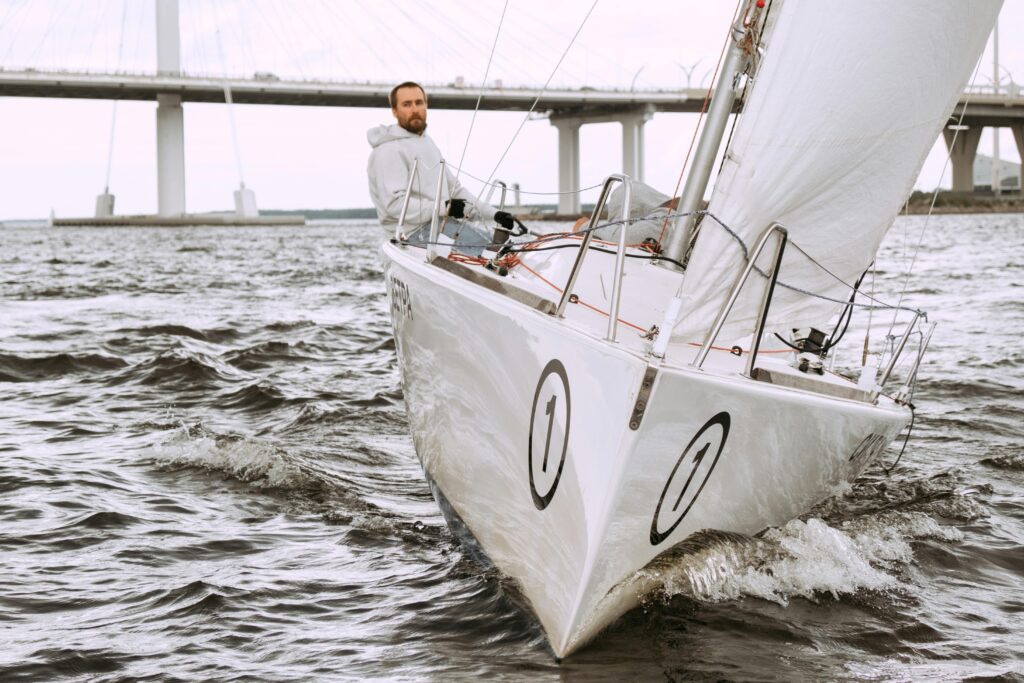The utilization of various kinds of lumber, for example, oak for strength and cedar for protection from decay, was fundamental in making sturdy vessels. Customary boatbuilding involved complex joinery and exact craftsmanship.
Wood was the essential material utilized, because of its overflow and functionality. Boats were many times carefully assembled by talented craftsman who went down procedures through ages:
This article investigates the advancement of boat plan and how present day innovation is molding the eventual fate of drifting.
From the materials utilized in development to the coordination of complex route frameworks, these advancements have made boats more productive, more secure, and harmless to the ecosystem.
The drifting business has seen noteworthy changes throughout the long term, driven by headways in innovation that have altered boat plan. In the beginning of boatbuilding, plans were vigorously impacted by the materials accessible and the requirements of the time.
Before the coming of motors, boats were the essential method for water transportation. The plan of sails and bodies developed over the long haul to further develop speed, security, and mobility.
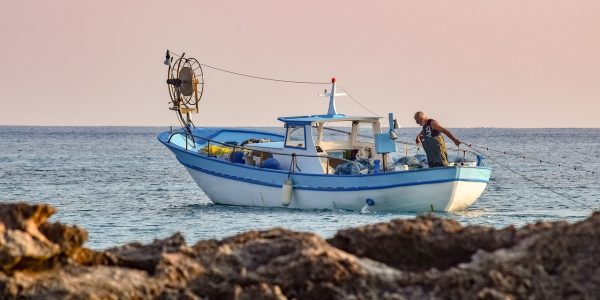
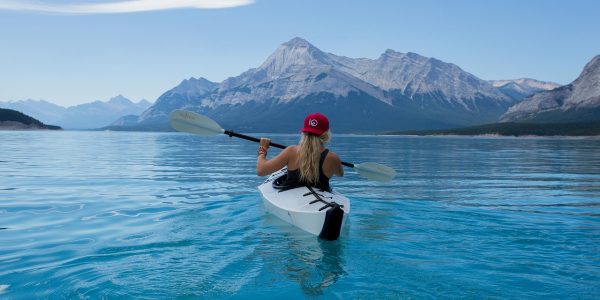
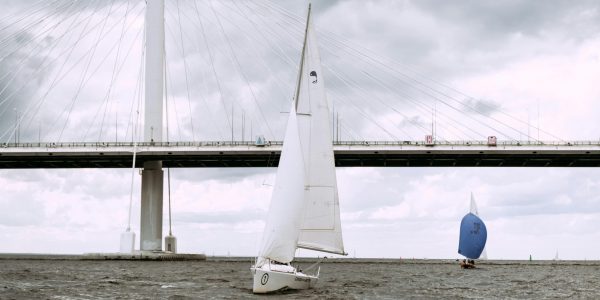
Aluminum became well known for boat development because of its solidarity to-weight proportion and protection from consumption. It’s especially preferred for more modest boats and elite execution vessels, offering sturdiness without adding unnecessary weight.
Creation
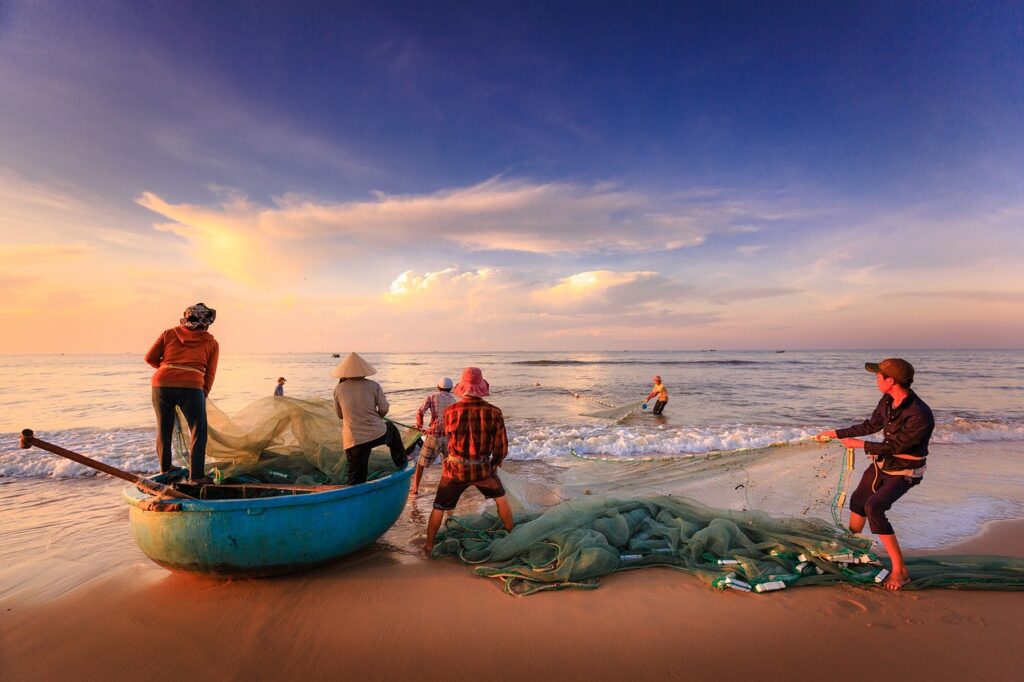
The advancement of detachable engines in the mid-twentieth century made sailing more available to the overall population. These motors could be effectively mounted on little boats, offering comfort and power without the requirement for an enormous, inboard motor. The presentation of GPS and chartplotters has changed route. Boaters can now diagram their course with pinpoint precision, trying not to dangers and track down the best courses effortlessly. These frameworks have made drifting more secure and more available for fledglings.
Half and Half and Electric Drive: Spearheading a Greener Future for Boating: as of late, there has been a developing pattern towards crossover and electric impetus frameworks. These advances offer calmer activity, decreased emanations, and lower fuel utilization, lining up with worldwide endeavors to diminish natural effects. Autopilot frameworks permit boats to keep a consistent course without steady manual information, diminishing exhaustion on lengthy excursions. Coordinated frameworks that interface route, drive, and specialized devices give a consistent and instinctive drifting experience.
